Bradley Haynes and his colleagues were the last chance Union Pacific had to stop an unsafe train from leaving one of its rail yards. Skilled in spotting hidden dangers, the inspectors in Kansas City, Missouri, wrote up so-called “bad orders” to pull defective cars out of assembled trains and send them for repairs.
But on Sept. 18, 2019, the area’s director of maintenance, Andrew Letcher, scolded them for hampering the yard’s ability to move trains on time.
“We’re a transportation company, right? We get paid to move freight. We don’t get paid to work on cars,” he said. “The first thing that I’m getting questioned about right now, every day, is why we’re over 200 bad orders and what we’re doing to get them down. … If I was an inspector on a train,” he continued, “I would probably let some of that nitpicky shit go.”
Haynes knew that the yard’s productivity metrics were hurting and that the repairs he ordered had a direct impact on his job security. Just that day, he’d flagged a 40-pound GPS box that was hanging by a cable off the side of a car. He worried it could snap off and fall on a colleague’s head or go hurling into a driver’s windshield. His boss greenlighted the car to leave anyway.
Haynes had started carrying a digital recorder in case he ever needed to defend himself. It captured him asking Letcher what would happen if a defect they let go wound up killing someone. The question went unaddressed as Letcher issued a warning: If they continued to hurt productivity by finding defects he deemed unnecessary, he would begin doling out punishment. He might even have to close the yard’s car shop.
“I’m trying to save your freaking jobs,” he said.
If the public thinks of America’s sprawling freight rail network at all, it typically does so when a train derails, unleashing flaming cars and noxious smoke on a community as it did this year in East Palestine, Ohio. The rail industry usually responds by vowing fixes and defending its overall record, which includes a steady decrease in major accidents. But a ProPublica investigation has found that those statistics present a knowingly incomplete picture of rail safety.
They don’t count the often-harrowing near misses, the trains that break apart, slip off the tracks or roll away from their crews with no one aboard — the accumulation of incidents that portend deeper safety risks. The government trusts the rail companies to fix the underlying problems on their own, to heed the warnings of workers like Haynes of loose hoses that could impair brakes or rotting tracks that could cause derailments. Unless those mishaps result in major injuries or costly damage, the companies don’t have to report them to anyone.
But as railroads strive to move their cargo faster, that honor system, ProPublica found, is being exploited. To squeeze the most money out of every minute, the companies are going to dangerous lengths to avoid disruptions — even those for safety repairs.
They use performance-pay systems that effectively penalize supervisors for taking the time to fix hazards and that pressure them to quash dissent, threatening and firing the very workers they hired to keep their operations safe. As a result, trains with known problems are rolling from yard to yard like ticking time bombs, getting passed down the line for the next crew to defuse — or defer.
Regulators say they can’t stop the intimidation that is feeding this dynamic. The Federal Railroad Administration can remove retaliators from working on the rails but seldom does, even if an employee alerts it to harassment in real time. Proving managers’ intent is difficult, a spokesperson said.
And the Occupational Safety and Health Administration, which enforces workplace whistleblower laws, only probes so deep. It takes the agency so long to conclude investigations that many workers, tired of waiting months for rulings, remove their complaints and sue the companies instead. Once that happens, OSHA has no legal authority to continue its investigation, barring the agency from exposing repeat bad actors or patterns in the industry’s abuse of whistleblowers.
To do what the government hasn’t, ProPublica examined 15 years’ worth of federal lawsuits against rail companies, interviewed hundreds of workers including managers, listened to hours of audio recorded by workers and pored over decades of regulatory, judicial, legislative and industry records. We identified 111 court cases in which workers alleged they had been disciplined or fired after reporting safety concerns; nearly 60% ended in settlements with the companies. Three in recent years resulted in jury verdicts of over $1 million for fired workers.
Separately, OSHA and Department of Labor administrative judges found railroad companies violated whistleblower laws in 13 cases since 2018 in which workers voiced safety concerns. Among the railroaders: one who tried to alert BNSF headquarters to broken wheels, which could have derailed trains (the company is appealing the case); two who slowed a CSX train to abide by a federal safety mandate (the company is appealing the case); and a CSX engineer who refused to work a 12-hour shift just hours after a previous shift without the period of rest required by law.
“It’s really hard to stay awake sometimes,” the engineer, Chad Hendrix, had testified, before CSX worked out a settlement with him.
The Association of American Railroads says that the industry’s sterling safety record “stands in stark contrast” to assertions made in this story. “From the day a trainee first reports on the job, railroads instill the message that every employee has a role to play in keeping themselves, their colleagues, and communities safe. Safety protocols are ingrained in daily operations, and employees are continuously empowered to report safety concerns so proactive steps can be taken to prevent a future accident,” the group said. (Read the full statement here.)
The companies mentioned in this story largely declined to comment on specific cases. (Read the full statements by Union Pacific, BNSF, Norfolk Southern and CSX.) They said they encourage their workers to voice safety concerns and tout internal hotlines where employees can do so anonymously. They say they do not tolerate retaliation.
But ProPublica found that companies retained and promoted supervisors who juries found had wrongfully terminated employees. And workers said that they had been targeted after making safety reports they thought were anonymous, or that they were ordered to stop calling safety hotlines, or that they’d simply grown apathetic, seeing hazards they had raised go unaddressed. Two BNSF employees sustained life-changing spinal injuries when their train crashed into a 6-ton tree that had fallen on the tracks; workers had warned their bosses that the tree was about to fall.
In interviews, one anguished rail worker after another said they have no place to report their concerns and that their clashes with management have triggered panic attacks, elevated blood pressure and thoughts of suicide. In 2011, a Norfolk Southern car inspector, under mounting pressure to stop reporting car defects, drove to work, clocked in and shot himself. His death shook the industry but didn’t change it. Norfolk Southern did not comment.
Karl Alexy, chief safety officer for the FRA, disagrees with the industry assertion that it is the safest it’s ever been, noting that grievous worker injuries and deaths haven’t changed in over a decade. “We’re not seeing an improvement in what’s really important: the lives of the workers,” he said. He also said worker fear is real and keeps critical information from regulators. “It definitely influences safety,” he said, “definitely for the worse.”
Haynes, the Union Pacific inspector, said he was tempted to overlook hazards after Letcher’s threat but came across a problem three weeks later that he couldn’t ignore: a car with faulty brakes, on its way out of the yard. Hayes flagged it for repair, but his manager again overrode him, so Haynes reported what happened to the FRA that morning. Though the agency has the capacity to inspect only about 1% of the rail system annually, its regulators can compel companies to make repairs, giving them deadlines and levying fines when they fail to meet them. The regulator issued a violation, Haynes said.
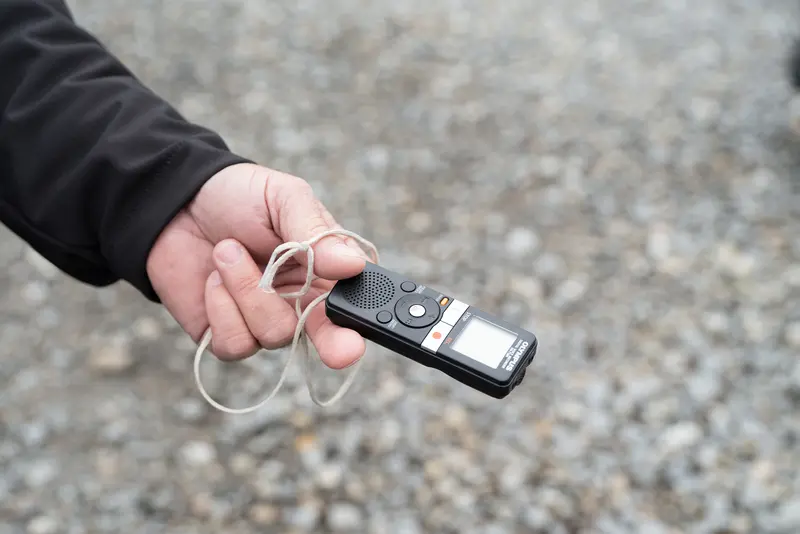
About two weeks after Haynes’ report, Union Pacific closed the yard’s car shop, furloughing Haynes and a number of his colleagues indefinitely. The workers filed a complaint to OSHA, sharing the recorded threat and alleging retaliation. They asked for an expedited ruling so they could move the case to the Labor Department’s Office of Administrative Law Judges, the next step. OSHA administratively dismissed the case, and the one in the new venue is pending, according to Haynes’ attorney.
Letcher, who is still at Union Pacific, did not respond to attempts to reach him. The company did not address any of the statements on the recording, but it told ProPublica any claim that the car shop was closed in retaliation is false. “The shop was closed in 2019 as part of our efforts to streamline the railroad,” the company said, which means “removing how many times the car is ‘touched.’ Every time that happens, it adds about 24 hours to a car’s journey, and our goal is to move them as quickly and safely as possible for our customers.”
In reports to investors, Union Pacific touts these efforts as a key part of its strategy to maximize profits. Jim Vena, who is now chief executive officer, even mentioned the Kansas City closure as one of the moves that contributed to record efficiency in 2019. “We’ve made a number of changes to our operations in the last year and the results have been outstanding,” he told shareholders in an earnings call. “As we move forward, look for us to continue pushing the envelope.”
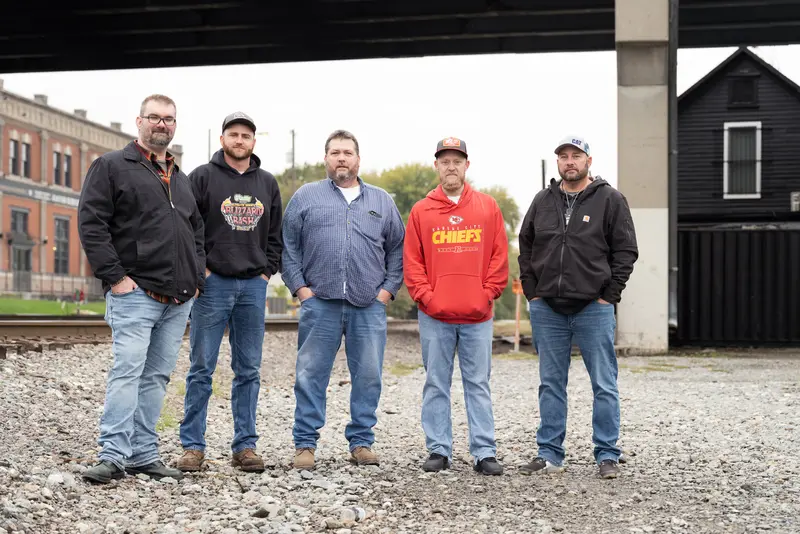
Time Is Money
Much like the veins and arteries that transport blood through our bodies, America’s vast freight rail network quietly powers the national economy, moving 1.6 billion tons of product a year over 140,000 miles of track in trains that can each weigh as much as a fleet of jumbo jets. As they trundle through communities carrying cars packed with explosive or hazardous materials, the companies that run them insist safety is their top priority.
But the Association of American Railroads, in its online marketing, describes a powerful undercurrent that pulses through every mile of those tracks: “In the digital age, speed and efficiency are everything.” Customers who make one-click purchases expect their products delivered the very next day. And demand is only growing — the Federal Highway Administration projects that freight shipments will see a 30% increase by 2040. Governments can’t afford to build roads quickly enough, the industry group argues, but freight trains are already adapting: “Trains have been improved to carry more cargo in a single journey.”
ProPublica previously delved into the dangers of precision scheduled railroading, in which companies are running longer trains with smaller crews, adhering to tight schedules. Anything that slows trains can have job-ending repercussions.
On the busy rail corridor running through northwest Atlanta, there was a notorious stretch of track known for tripping up engineers. Larry Coston didn’t feel like he could navigate the large number of signal lights safely going the speed limit of 60 mph, so he radioed the dispatcher that he’d be driving at a slower speed, a 6 to 8 mph crawl, in an effort to avoid an accident.
Norfolk Southern fired him for “intentionally” delaying his assignment. The company declined to comment on specific cases. But his boss, and his boss’ boss, testified in his ongoing lawsuit that his judgment didn’t matter; engineers should travel at maximum authorized speeds regardless of their safety concerns. “Run your train,” his direct supervisor, Travis Bailey, a senior road manager of engines, said in a deposition. “Do your job.”
Supervisors have strong incentives to push their workers like this. Court records show that several freight rail companies rate and rank their managers using metrics that reward them for trains staying on schedule and penalize them for disruptions — even when the delays are caused by safety precautions. “Slow order delays,” for example, calculate the amount of time lost from slowing trains because of unsafe track conditions.
Lewis Ware, a senior general foreman in Norfolk Southern’s Savannah, Georgia, yard, had a reputation for keeping a close eye on bad orders. In 2019, car inspectors Kelvin Taylor and Shane Fowler filed a federal complaint alleging that Ware had repeatedly removed their repair order tags, allowing dangerous cars to leave the yard. They said Ware told them he had a quota — no more than 10 a week — regardless of the actual number of defects the inspectors found. (Ware disputed that figure, arguing that his goal was actually 20 bad orders at the time.)
Numbers like “bad order counts” can be used on scorecards to rank a manager. For example, Ware’s supervisor said in a deposition that metrics related to bad orders made up 15% of her final score.
The supervisor said that Norfolk Southern discourages managers from unilaterally removing repair tags and that Ware had been advised to stop.
The federal lawsuit filed by the workers was settled in October under confidential terms, and Ware, who still works for the company, declined to comment for this story. A Norfolk Southern spokesperson noted that OSHA sided with the company before the car inspectors filed their lawsuit, and said in a statement that it “does not tolerate retaliation of any kind” and has “partnered with our unions and their leaders to improve safety and collaboration.”
To assess the internal pressure on rail supervisors, ProPublica interviewed former managers who worked at CSX, Norfolk Southern and Union Pacific between 2011 and 2021. They confirmed that fewer safety reports made their jobs easier: less time spent driving miles up and down territory to eyeball a “complainer’s” claims, less time trying to fix the issue and less time doing paperwork.
For people in their jobs, they said, time literally is money. Across the industry, managers receive year-end bonuses tied to performance, often defined by how efficiently they move trains through yards. The managers estimated that on a $100,000 base salary, someone with a good evaluation can earn a $20,000 to $25,000 cash bonus. These payouts can drop dramatically if managers fail to meet certain metrics.
In Minnesota, a BNSF track inspector named Don Sanders recorded his manager, Keith Jones, berating him for writing up defects that reflected poorly on Jones. “I’m about to lose my job, my family’s welfare,” Jones, a division engineer, said in one recording. He would later testify that his annual bonus was tied to his year-end evaluation, which factored in the sort of defects flagged by Sanders. But Jones’ supervisors heaped on praise after he helped fire Sanders. His review: “Your team is injury-free, slow orders are at an all time low, relationships are good. Don Sanders is no longer working for BNSF.”
Jones declined to comment other than to emphasize that Sanders was fired for time theft, not in retaliation for safety reporting. Sanders claimed the time theft investigation against him was retaliatory. A federal jury sided with Sanders and awarded him over $9.4 million in 2021 for his wrongful termination; because of a cap on damages, the award was later reduced to $2.3 million. BNSF, which did not comment on the case, is appealing.
Sanders lost more than money from the entire episode. His estranged wife testified that he sank into a deep depression after he got fired, slept all day and was no longer the attentive partner and father he’d once been. “I lost my husband, basically.”
Accountability Is Elusive
Track inspector Brandon Fresquez had an odd sense of deja vu in 2015 as he performed his duties in a BNSF hub in Denver. He was seeing the same defects in the same spots he’d previously flagged for repair. Sometimes the company’s computer system said they’d been fixed; sometimes the entry was missing entirely.
Fresquez and some co-workers suspected their manager, roadmaster Michael Paz, was falsifying repairs at the direction of his boss. They viewed Paz as a bully who they said spoke openly about badgering inspectors into changing their safety reports and firing those who did not fall in line.
BNSF maintained an anonymous hotline for employees who wanted to report unsafe conditions. According to trial testimony in a lawsuit Fresquez later filed, nearly a dozen calls had come in about Paz. The inspectors would later testify that they believed the company told local managers, including Paz, which of them had called. “They were trying to nitpick every little thing we did and trying to get us in a disciplinary action,” testified Jacob Yancey, a worker responsible for making track repairs. “There was a list of people they wanted to meet with afterwards, and everybody who had made that phone call was on that list.”
Fresquez, who questioned the confidentiality of the hotline, took his concerns straight to the FRA after Paz asked him to change information about a defect so a track would stay in service. An official told him that would be a violation of safety standards, Fresquez said, but the FRA didn’t do anything more to intervene.
Fresquez said he came back to Paz relaying what the FRA official had told him and saying he would not lie about track defects. Paz declined to comment when reached by ProPublica, but he denied falsifying records when he was later called to the stand to testify. Paz gave inconsistent answers in his deposition and trial testimony about whether he knew Fresquez called the FRA. What is clear is that by the end of that day, Fresquez was on leave for insubordination. The railroad later fired him.
And so, Fresquez began his slog down the well-worn track of trying to seek justice for his perceived retribution — one that, for many railroaders, is a yearslong grind.
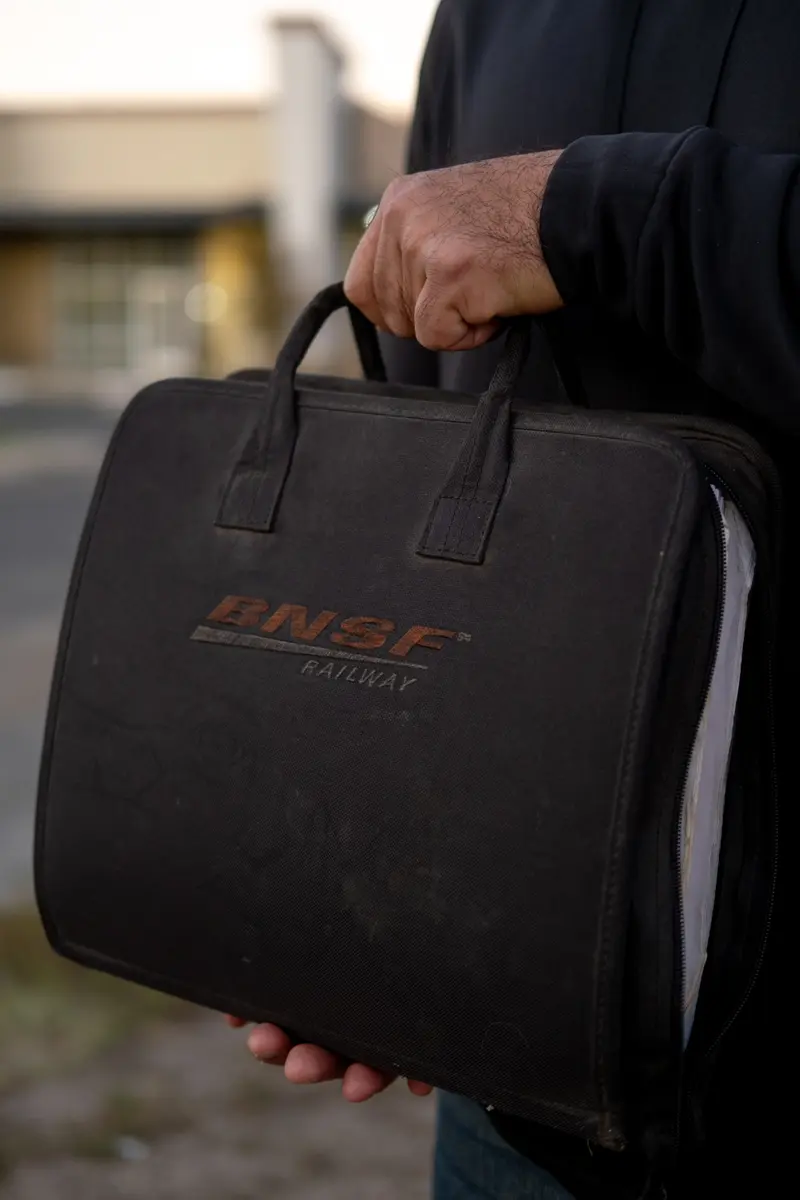
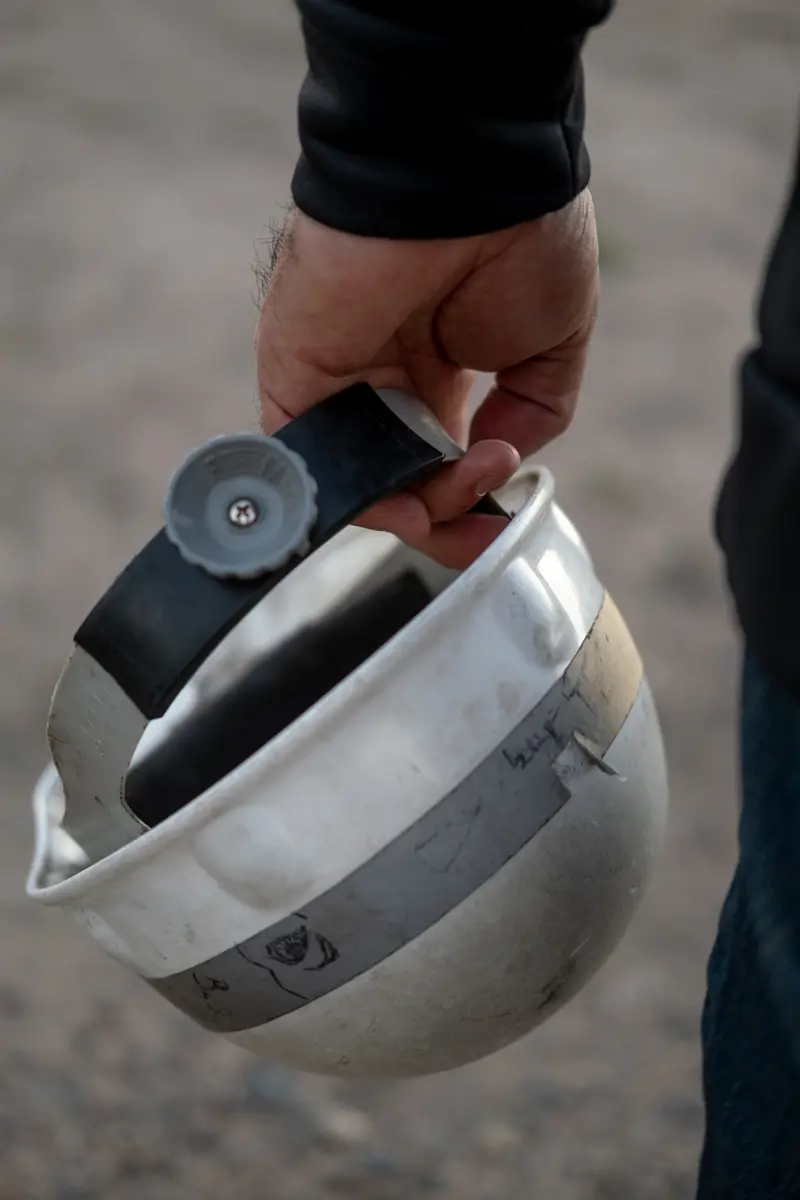
Workers who contend that a railroad company violated their whistleblower rights must first file a claim to OSHA. The agency can accept complaints about harassment and threats before a worker is punished, but those can be more difficult to prove. More commonly, the agency becomes involved only after the employee is disciplined or is sitting at home without a paycheck.
It can take a year or longer for OSHA to complete an investigation. A spokesperson for the Department of Labor told ProPublica that while the optimal caseload for a whistleblower investigator is six to eight cases, the current average caseload is 17.
If 210 days have passed without an OSHA finding, workers can remove their cases and file a lawsuit in federal court. This can win them a big check, but it essentially allows the company to dodge any government ruling of retaliation. Take the case of Johnny Taylor, fired from Union Pacific under circumstances similar to Fresquez. After waiting seven months for OSHA to weigh in, he withdrew his whistleblower complaint and sued his former employer. Taylor was awarded $1.3 million after a jury found the company wrongfully terminated him. But because the OSHA case dead-ended, Union Pacific was never subjected to a ruling about whether it violated federal whistleblower law, which could have added to its public record about how it treats its employees.
In Fresquez’s case, OSHA quickly returned a finding that BNSF had retaliated against him. But knowing the company would likely appeal, his attorney, Nick Thompson, wanted to get the case in front of a jury sooner; he said most of his clients are often “destitute” within a year or two of losing their jobs. So began a gantlet of questions and cross-examinations, a trial and an appeal. “You’re a little guy trying to battle a million-dollar company,” Fresquez said. “I was in court basically for seven years. I lost sleep. I gained weight.” Some days, he wished he could disappear.
In 2019, a jury found that he was wrongfully terminated; he was awarded $1.7 million. An appellate court upheld the verdict late last year. BNSF declined to comment on this or any other case, but it wrote in a statement that “at BNSF, the safety of our employees always has been and always will be the most important thing we do. We believe that’s reflected in our record over the last decade, which produced the lowest number of injuries in our railroad’s history.” Paz is still a supervisor at the company.
Fresquez’s attorney got a sizable chunk of the payout, and what is left for Fresquez, he said, can never restore what he lost. “I’m fucked up, honestly,” Fresquez said. “My anxiety is so, so, so bad now.”
The change is palpable, Thompson said, serving as a cautionary tale to Fresquez’s former colleagues about what happens when you go up against a railroad company.
“Make no mistake about it,” Thompson said. “The winner of Brandon’s case was BNSF.”
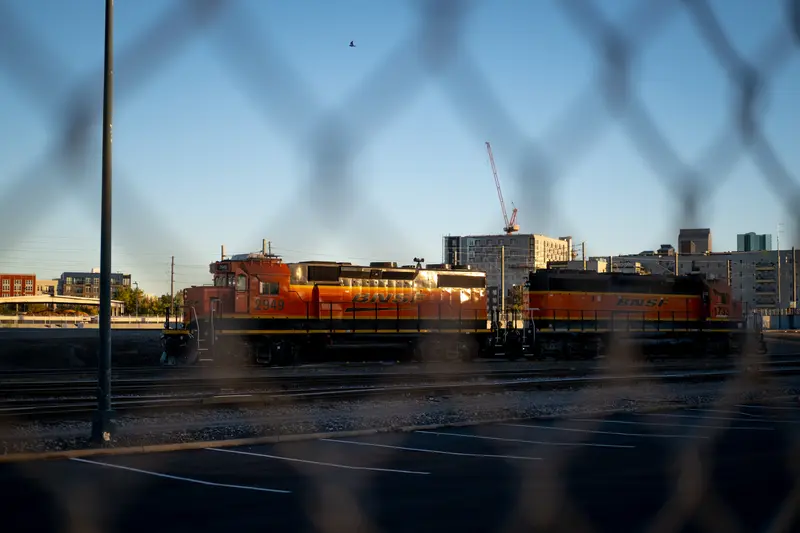
Reaching for a Lifeline
This June in Hernando, Mississippi, a train pulling 47 tanker cars filled with highly flammable propane somehow escaped from its crew. The workers had parked their train to remove a section of cars. When they returned, they discovered that the remaining 90 cars, including the tankers filled with propane, had begun rolling down the tracks on their own.
The crewless bomb train traveled for 3 miles through two public crossings until it gradually came to a stop.
“Oh my God. That’s terrifying,” U.S. Rep. Melanie Stansbury, D-N.M. said after ProPublica informed her of the incident. “Unbelievable that in the year 2023 this is happening.”
Because it didn’t crash or derail, neither Grenada Railroad, the small company that ran it, nor its parent company, Gulf & Atlantic Railways, needed to tell the FRA. Laws and rules don’t require companies to tell regulators when they lose control of a train, even one carrying explosive cargo.
But word got around. Alarmed railroaders encouraged the workers to report the close call to regulators; someone needed to investigate what happened to prevent it from happening again, they argued.
The workers were too afraid, said Randy Fannon, a national vice president of the Brotherhood of Locomotive Engineers and Trainmen. “Evidently the employees felt that they couldn’t acknowledge it or report it for fear of retribution,” he said.
A week after the incident, an FRA official got a text message from someone other than a Grenada employee, which prompted a government investigation. Gulf & Atlantic declined to comment on the incident. The FRA told ProPublica penalties are forthcoming.
“That Grenada personnel were concerned for their personal well-being [and didn’t] report the incident is unfortunate and diminishes safety on that railroad and the industry in general,” Alexy wrote in an email to ProPublica.
There is an alternative: the Confidential Close Call Reporting System, which the FRA piloted in 2007 and fully implemented in 2014. It allows railroaders to anonymously disclose safety concerns or close calls to a third party, NASA. Officials at the space agency screen them, and, after 30 days, forward them to a team of railroad and FRA officials. But the program is voluntary; just 25 of the nation’s roughly 800 railroads participate; none of the six largest freight companies, the so-called Class 1s, do.
This year, after the East Palestine derailment, lawmakers and Transportation Secretary Pete Buttigieg pushed for them to join the system. They all originally agreed to, but months later, progress has stalled. Rail companies and their industry representatives say that they don’t want employees to have blanket immunity from discipline and that NASA takes too long to communicate information on hazardous situations. They say their internal hotlines are more effective. Discussions are ongoing, and a spokesperson for the Association of American Railroads said the companies are "working in good faith to get an agreement."
Stansbury, the New Mexico lawmaker, along with U.S. Rep. Jamaal Bowman, D-N.Y., introduced the Rail Worker and Community Safety Act in September, which would create a close call reporting system, prohibit retaliation for use of sick leave, increase funding for FRA inspectors and expand the U.S. transportation secretary’s power to create rules.
Alexy said his agency is exploring revisions to federal law that could expand the kind of incidents that must be reported to the government, including runaway trains like the one in Mississippi, and is conducting safety audits on all of the large railroad companies — including interviews that will give employees opportunities to say how they are treated when they report safety concerns. He said the work will be done by the end of 2024 and shared with the public.
Deidre Agan, a BNSF conductor in Forsyth, Montana, hopes those kinds of changes will help. “I don’t want to see anybody else have to struggle and suffer through the stuff that I had to put up with,” she said.
In the gloom of a late summer evening in 2016, she was in a locomotive going over 50 miles per hour when the engineer, Scott Weber, rounded a curve and saw an object on the tracks that seemed to loom as big as a house. She heard him yell, “Duck!” and the train slammed into what turned out to be a 6-ton cottonwood tree that had fallen across the tracks.
The two workers were thrown from their seats as glass from the windshield sprayed the cabin. The locomotive dragged huge chunks of the tree down the tracks for nearly a mile before it finally stopped.
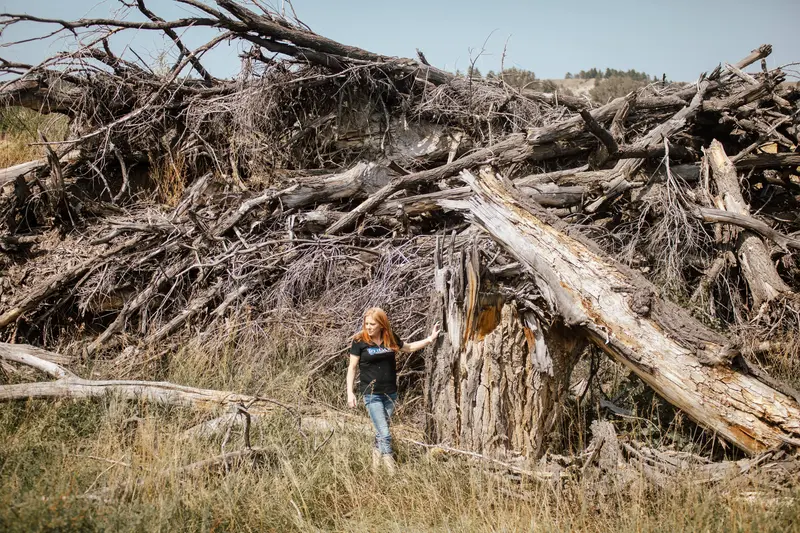
In a flurry of emails between BNSF managers in the direct aftermath of the crash, one thing became clear: They’d been warned. According to conductor Don Purdon, everyone in the yard had noticed the tree at some point — its precarious lean, its dead bark. Five months before the collision, he’d reported it to an internal BNSF hotline. His managers promised to look into it but ultimately did not cut the tree down.
Just before the crash, Purdon’s managers forbade him from using the hotline because he was calling it too often, Purdon said. Then, they shut down the hotline altogether. “They tried to sweep it under the rug and say it wasn’t reported,” Purdon said.
BNSF declined to comment on the case. In depositions, Purdon’s manager claimed that decisions about the anonymous hotline had nothing to do with the accident. The best way to report hazards, he said, was to tell an immediate supervisor. That’s the very reporting method workers told ProPublica they feared most.
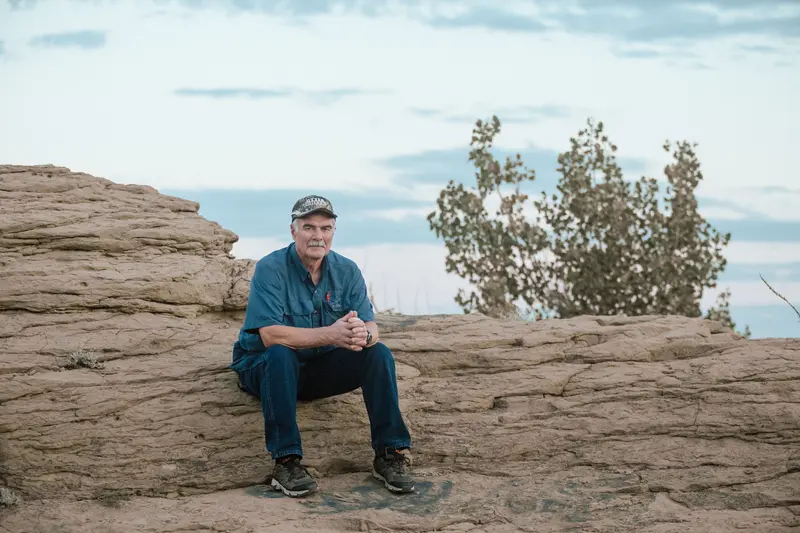
Weber had surgery to implant a metal plate and eight screws in his neck; the injuries pushed him into an early retirement.
And Agan, nursing a herniated spinal disc and a torn rotator cuff, was fired two days after the crash; she’d recently been written up for missing a deadline to renew one of her certifications. With no job or health insurance, there were days she remained in bed and cried. She self-medicated with alcohol and developed a severe drinking problem.
After more than two years in arbitration and in pain, BNSF reinstated Agan and she finally had spinal surgery. She’s been sober for a year and a half.
She said she hopes that speaking out will reveal the atmosphere of fear that she and her colleagues operate in every day, but her expectations are low.
“I honestly don’t think anything will help because, you know, money talks,” she said. As long as the companies continue to profit, “they really don’t care.”
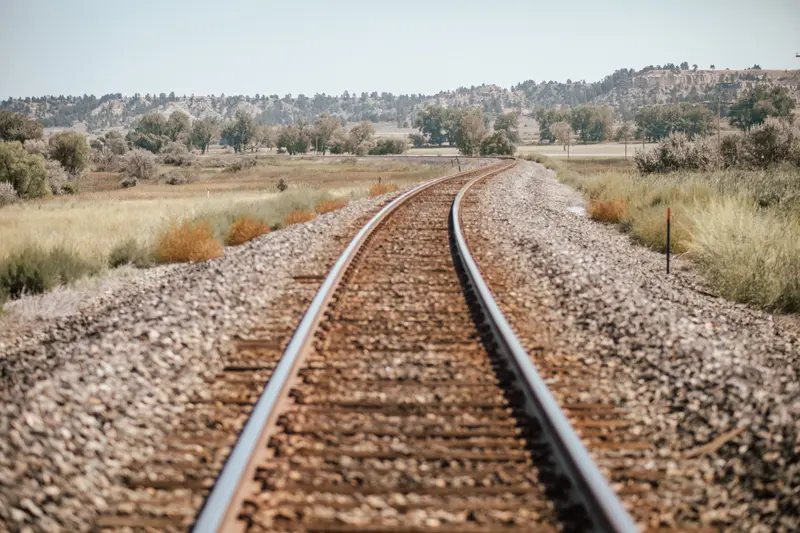
Jeff Kao, Carolyn Edds, Mollie Simon, Mariam Elba, Miriam Pensack and Ruth Baron contributed research.











